Formative assessment is an integral part of the teaching and learning process that aims to improve instruction and enhance student learning. It involves continuous assessment and monitoring of students’ progress to provide timely feedback and make necessary adjustments to instruction. The assessment strategies teachers employ directly influence the effectiveness of teaching and learning. Carole Tomlinson emphasizes the importance of assessment by stating that it is a means of modifying instruction for future learning.
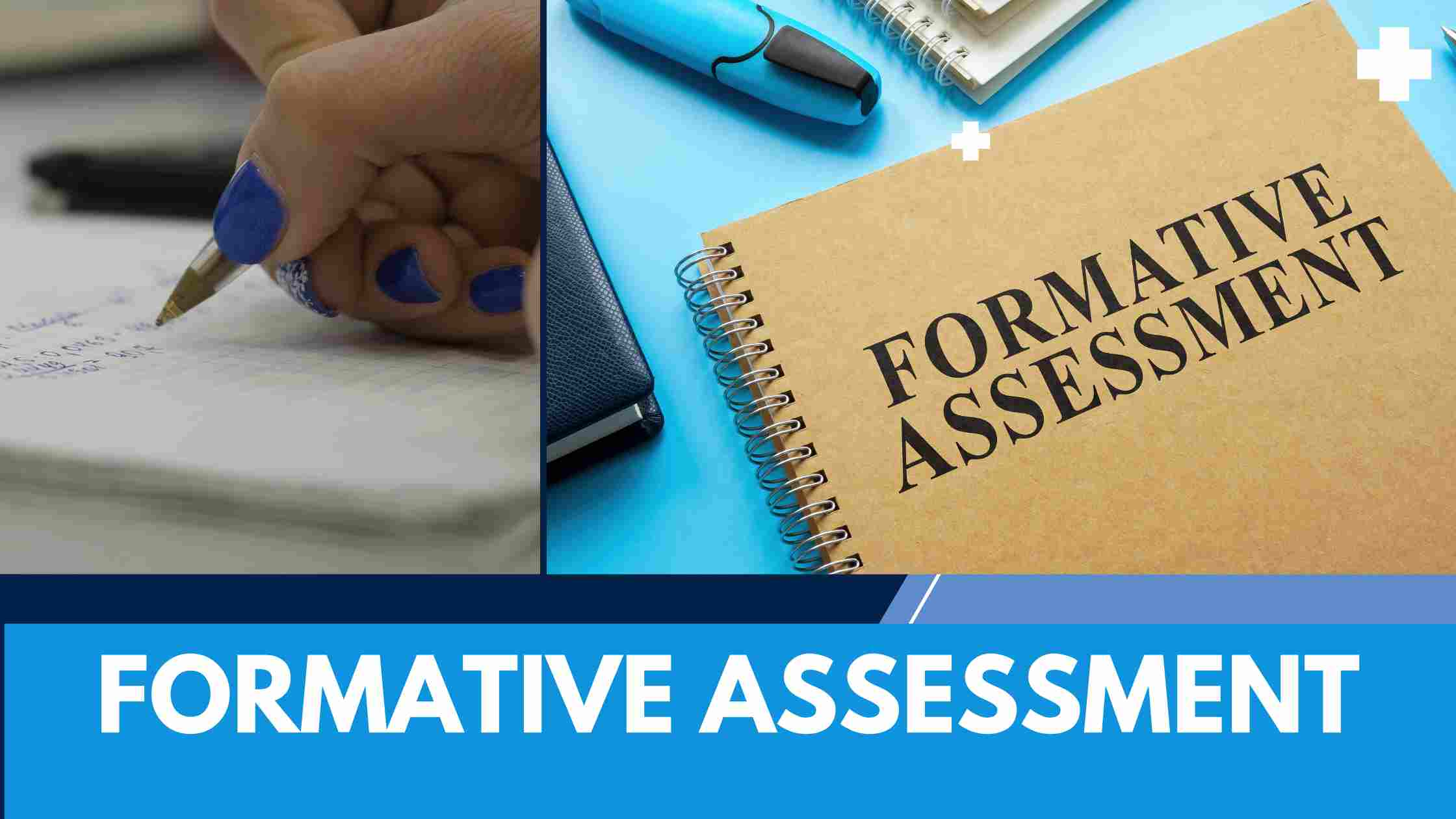
In formative assessment, teachers assess students’ abilities in a specific skill or task related to a particular field. Teachers need to treat students as individual learners with varying abilities, learning styles, and needs. This requires a realistic appraisal of the students before conducting assessments. Depending on what they are assessing, teachers employ different assessment methods, such as selected-response, constructed-response, and personal-response assessments. Assessment is interwoven into instruction, and teachers assess students’ learning throughout the teaching process. They particularly conduct formal assessments when making instructional decisions, such as changes in content or pedagogy. The assessment amount should be tailored to each student’s needs and abilities to prevent over or underassessment.
What Is Formative Assessment?
Formative assessment plays a crucial role in enhancing student learning. Assessing allows educators to gain insights into students’ understanding, identify areas of weakness, and tailor instruction accordingly. The formative assessment encompasses various strategies, such as quizzes, observations, and discussions, that provide real-time feedback on student progress. Educators can determine whether students have grasped key concepts or need further instruction by focusing on specific learning goals. Assessing can be accomplished through various methods, including rubrics, self-assessment, and peer assessment.
Why to Assess
Assessment is crucial in teaching and learning, serving several important purposes. It allows teachers to ensure that their instructional goals are met and helps them make informed decisions about their teaching strategies. Assessment also provides valuable feedback to students, enabling them to track their progress and identify areas for improvement.
To understand the importance of assessment in the classroom, consider the following reasons:
| Reasons for Assessment | Explanation |
|---|---|
| 1. Ensuring Goal Achievement | Assessment helps teachers ensure that their instructional goals are being achieved. Teachers can determine if the desired learning outcomes have been met by assessing students’ knowledge, skills, and behavior. |
| 2. Monitoring Student Progress | Regular assessment allows teachers to monitor students’ progress and identify areas where additional support or intervention may be needed. This helps in providing timely feedback and addressing individual learning needs. |
What to Assess
Assessment in the classroom is essential for teachers to gauge the progress and understanding of their students. Teachers should evaluate students’ abilities in a given skill or task when determining what to assess. This can include assessing their knowledge, skills, or behavior related to a particular field. However, teachers need to align their assessments with the learning objectives and goals they have set for their students.
To provide clarity on what to assess, teachers can utilize a three-column table, as shown below:
| Assessment Type | Description | Examples |
|---|---|---|
| Selected-Response Assessments | These assessments require students to choose from a set of predetermined options. | Multiple-choice questions, true or false statements |
| Constructed-Response Assessments | These assessments require students to generate their answers or solutions. | Short answer questions, essays |
| Personal-Response Assessments | These assessments focus on students’ thoughts, opinions, or reflections. |
How to Assess
Assessment is a crucial component of the teaching and learning process, providing valuable insights into students’ progress and informing instructional decisions. When assessing students, teachers can employ various methods and instruments to gather evidence of their knowledge, skills, and behavior. According to Brown and Hudson (1998), there are three types of assessment methods:
- Selected-response assessments involve multiple-choice questions or matching exercises, where students select the correct answer from a given set of options. They are useful for assessing factual knowledge and understanding.
- Constructed-response assessments require students to generate responses, such as short answer questions or essays. They allow for a deeper understanding of concepts and the application of knowledge.
- Personal-response assessments involve directly observing students’ performance or demonstrating their skills. They are particularly effective for assessing practical skills or abilities.
Teachers should align their assessment methods with the specific learning objectives and skills they want to assess to ensure effective assessment.
Formative Assessment Examples
Formative assessment plays a crucial role in the learning process, providing ongoing feedback to teachers and students. Firstly, it allows teachers to gauge students’ understanding and adjust their instructional strategies accordingly. For instance, through quizzes and class discussions, teachers can identify areas where students may be struggling and provide targeted support. Secondly, formative assessment helps students self-assess their progress and identify areas for improvement. Regularly receiving feedback allows students to monitor their learning and take necessary steps to enhance their understanding. Characteristics of effective formative assessment include being timely, specific, and actionable, enabling meaningful feedback for growth.
Formative Assessment
Formative assessment is a continuous and ongoing practice that is crucial in teaching and learning. It is designed to provide teachers with real-time information about students’ understanding and progress, allowing them to make timely instructional decisions and adjustments.
Importance of Formative Assessment
Formative assessment holds great importance in promoting student learning and achievement. It helps teachers identify students’ strengths and weaknesses and tailor their instruction to meet individual needs. By providing immediate feedback, formative assessment enables students to reflect on their learning, identify areas for improvement, and take ownership of their progress. Furthermore, it enhances students’ metacognitive skills, critical thinking abilities, and self-regulation, making them active participants in their learning journey.
Characteristics of Formative Assessment
Formative assessment exhibits several key characteristics that differentiate it from other types of assessment. It is an ongoing process that occurs throughout instruction rather than being limited to specific points in time.
Importance of Formative Assessment
Formative assessment plays a crucial role in the teaching and learning process. It provides teachers valuable information about students’ progress and understanding, allowing them to make informed instructional decisions. This section will highlight the importance of formative assessment in the classroom.
Formative assessment allows teachers to:
- Monitor student learning: By regularly assessing students’ understanding and progress, teachers can identify areas of strength and areas that need further attention. This enables them to adjust their instruction accordingly and provide targeted support to individual students.
- Provide timely feedback: Formative assessment provides students with immediate feedback on their performance, allowing them to reflect on their learning and make necessary adjustments. Timely feedback helps students understand their strengths and weaknesses and guides them toward improving their learning.
- Guide instructional planning: Teachers can gather data on students’ understanding of concepts and skills through formative assessment. This information informs their instructional planning, enabling them to tailor their teaching strategies to better meet their students’ needs.
Characteristics of Formative Assessment
Formative assessment is an essential component of the teaching and learning process. It provides valuable feedback to both teachers and students, allowing for adjustments and improvements along the way. Here are some key characteristics of formative assessment:
- Ongoing and Continuous: Formative assessment is conducted throughout the learning process, allowing immediate feedback and adjustments. It is not a one-time event but a continuous assessment, feedback, and improvement cycle.
- Student Involvement: Students play an active role in formative assessment. They are engaged in the assessment process, reflecting on their learning and receiving descriptive feedback that guides their progress.
- Informative Feedback: Formative assessment provides specific and descriptive feedback to students, focusing on areas of strength and areas that need improvement. This feedback helps students understand their current understanding and guides them toward achieving their learning goals.
- Development of Metacognitive Skills:
Formative vs. Summative Assessment
Formative assessment is integral to the learning process, providing ongoing feedback to teachers and students. Characteristics of formative assessment include its frequent and ongoing nature, its focus on improving learning rather than assigning grades, and its ability to inform instruction. This assessment allows students to actively engage in their learning and take ownership of their progress. Assessment as learning, a related concept, emphasizes the role of self-assessment and reflection in the learning process. By engaging in self-assessment, students can monitor their understanding and identify areas for improvement, ultimately leading to deeper learning and growth.
Formative Assessment
Formative assessment is a crucial component in the teaching and learning process that aims to provide feedback to teachers and students. It serves as a tool for monitoring student progress and understanding, allowing educators to make timely adjustments to their instruction and students to make improvements in their learning.
Characteristics of formative assessment include:
- Continuous Monitoring: Formative assessment is an ongoing process that occurs throughout the learning journey, providing real-time feedback to guide instruction.
- Informative Feedback: This type of assessment emphasizes providing specific, descriptive feedback to students that helps them understand their strengths and areas for improvement.
- Student Involvement: Students actively participate in the assessment process, using self-reflection and self-assessment to enhance their learning.
A table can help illustrate the differences between formative and summative assessment:
Characteristics of Formative Assessment
Formative assessment plays a crucial role in the teaching and learning process. It is designed to monitor students’ progress and provide immediate feedback to enhance their learning experience. Here are some key characteristics of formative assessment:
- Continuous and Ongoing: Formative assessment is a continuous process throughout instruction. It allows teachers to monitor students daily, providing timely feedback to guide their learning.
- Practice-Oriented: Formative assessment focuses on practice rather than assigning grades. It allows students to practice newly introduced skills and concepts, allowing them to identify and address deficiencies in their understanding.
- Student Involvement: For formative assessment to be effective, students must be actively involved in the assessment process. Engaging students in self-assessment and peer assessment helps them develop metacognitive skills, foster critical thinking, and promote lifelong learning.
To better understand the characteristics of formative assessment, refer to the table below:
Assessment as Learning
Assessment as learning is a crucial assessment that focuses on developing and supporting students’ metacognitive skills. It empowers students to become lifelong learners by engaging them in peer and self-assessment, allowing them to make sense of information, relate it to prior knowledge, and use it for new learning. By utilizing feedback from teachers, peers, and self-assessment, students develop a sense of efficacy and critical thinking skills as they make adjustments, improvements, and changes to their understanding.
To further understand the concept of assessment as learning, let’s explore its characteristics in the following table:
| Assessment as Learning |
|---|
| Characteristics |
| Metacognitive Skills |
| Lifelong Learning |
Examples of Formative Assessment
Formative assessment is an essential tool for teachers to gauge students’ understanding, identify areas for improvement, and adjust their instruction accordingly. Various types of formative assessments can be used in the classroom to gather evidence of student learning.
One example of formative assessment is classroom discussion. Teachers can facilitate student discussions to assess their understanding of a particular topic. By observing students’ contributions, listening to their ideas, and asking probing questions, teachers can gain insights into students’ comprehension levels and misconceptions. Additionally, exit tickets or quick quizzes can be used at the end of a lesson to assess students’ understanding of the key concepts covered. These short assessments can provide valuable information for teachers to determine if further instruction or clarification is needed.
Observations are another effective form of formative assessment. By actively observing students during class activities, group work, or individual tasks, teachers can gather evidence of their understanding and identify any areas of difficulty. This can be done using checklists, rubrics, or anecdotal records to document students’ progress and identify areas requiring further attention.
Another example of formative assessment is peer assessment. This involves students evaluating and providing feedback on their peers’ work.
Types of Formative Assessment
Assessment for Learning is a key aspect of formative assessment, which aims to improve student learning. It involves ongoing assessment throughout instruction and provides timely feedback to students. Ongoing assessment refers to the continuous monitoring of student progress and understanding, allowing teachers to identify areas of strength and areas that need improvement. This type of assessment can take various forms, such as quizzes, class discussions, and observations. Timely feedback is crucial in the formative assessment as it allows students to reflect on their learning and make necessary adjustments. Providing specific and constructive feedback helps guide students toward achieving their learning goals.
Assessment for Learning
Assessment for Learning, or formative assessment, is a continuous and ongoing assessment that allows teachers to monitor students daily and modify their teaching based on their needs. This type of assessment aims to provide students with timely and specific feedback to enhance their learning.
To understand the key characteristics of Assessment for Learning, let’s explore the following table:
Assessment for Learning has these Characteristics: Continuous Assessment is an ongoing process, allowing teachers to monitor students’ progress regularly.
One key aspect of formative assessment is ongoing assessment, which involves continuously monitoring students’ progress and understanding throughout the learning process. Ongoing assessment allows teachers to gather real-time information about students’ strengths and areas for improvement, enabling them to make immediate instructional adjustments and provide timely feedback. This type of assessment is essential for promoting student growth and enhancing learning outcomes.
To illustrate the significance of ongoing assessments, consider the following table:
Timely Feedback
Formative assessment, or assessment for learning, is crucial in supporting students’ learning and informing instructional decisions. One key aspect of formative assessment is providing timely feedback to students. Timely feedback is essential as it allows students to make immediate adjustments and improve their learning strategies.
To ensure the effectiveness of timely feedback, educators can utilize various assessment strategies. One such strategy is self-assessment. By engaging students in self-reflection and evaluation, they can develop their metacognitive skills and take ownership of their learning. Additionally, peer assessment can be employed, where students provide feedback to their peers based on specific criteria. This enhances their understanding of the subject matter and promotes collaboration and critical thinking skills.
Another effective method of providing timely feedback is through the use of detailed and specific feedback. Instead of simply assigning grades or scores, educators can provide descriptive feedback highlighting areas of strength and improvement.
Formative Assessment Strategies
Formative assessment strategies are crucial in enhancing student learning and informing instructional practices. Assessing involves identifying students’ strengths and weaknesses, providing timely feedback, and addressing gaps in knowledge. What to assess encompasses a range of areas, including content knowledge, skills, and attitudes. Assessing these aspects ensures a comprehensive understanding of student progress. How to assess can be achieved through various methods such as quizzes, observations, self-assessments, and peer assessments. Utilizing a combination of these strategies enables educators to gain a holistic view of student performance and tailor instruction accordingly.
Why Assess in Formative Assessment Strategies
Assessment plays a crucial role in formative assessment strategies, improving teaching and learning processes. It allows teachers to monitor students’ progress and ensure that instructional goals are met. The why of assessment in formative assessment strategies can be understood through several key points:
- Monitoring Learning: Assessment helps teachers keep track of students’ learning progress and identify areas where students may be struggling. By regularly assessing students, teachers can adjust their instruction to meet the specific needs of each student.
- Feedback and Guidance: Assessment provides valuable feedback to students about their performance and progress. Timely, specific feedback helps students understand their strengths and areas for improvement, guiding them toward further learning and growth.
- Instructional Decision-Making: Assessment informs teachers’ instructional decisions, allowing them to make informed choices about what to teach, how to teach, and when to intervene. It helps teachers tailor their instruction to address students’ needs and ensure effective learning outcomes.
What to Assess in Formative Assessment Strategies
In Formative assessment strategies, teachers must assess specific aspects of students’ learning to guide their instruction effectively. Formative assessment refers to the content and skills teachers should assess to gain insight into students’ progress and understanding.
To determine what to assess, teachers should consider the learning objectives and outcomes they have set for their students. These objectives can be related to knowledge acquisition, skill development, or behavior change. Teachers can assess students’ understanding of key concepts, ability to apply knowledge in different contexts, or proficiency in specific skills.
To provide a clear understanding of what to assess in formative assessment strategies, the following table presents examples of what can be assessed in different subject areas:
How to Assess in Formative Assessment Strategies
Formative assessment strategies focus on gathering information about students’ progress and using it to inform instruction. The assessment methods used in this approach should be varied and aligned with the learning goals. Here are some key ways to assess students formatively:
- Observations: Teachers can observe students during class activities, discussions, and group work to gauge their understanding and skills. This provides valuable insights into students’ thought processes and allows for immediate feedback.
- Questioning: Asking open-ended questions, probing for explanations, and encouraging students to justify their answers can reveal their level of understanding. Teachers can use techniques like Think-Pair-Share or Exit Tickets to assess comprehension.
- Quizzes and Tests: Short quizzes or mini-tests can assess specific knowledge or skills. These assessments should be designed to provide immediate feedback, focusing on areas where students need additional support.
- Peer and Self-Assessment:
Difference Between Summative and Formative Assessment
Assessment aims to gather information about students’ learning progress and provide feedback to students and teachers. It serves as a tool to measure student achievement and guide instructional decisions. Feedback and the involvement of students play a crucial role in the assessment process, as students need to understand their strengths and areas for improvement. Various assessment methods can be used, including formative assessments that provide ongoing feedback and summative assessments that evaluate student learning at the end of a unit or course. Both types impact student learning and achievement, with formative assessments promoting growth and summative assessments measuring overall proficiency.
1. Purpose of Assessment
Assessment serves various purposes in the educational setting. Firstly, it allows teachers to monitor students’ progress and determine whether learning objectives are met. Formative assessment focuses on providing ongoing feedback to students during the learning process, enabling them to improve and adjust their understanding. This type of assessment is essential for promoting high-quality learning and enhancing students’ metacognitive skills. On the other hand, summative assessment occurs at the end of a course or unit and is used to evaluate students’ overall achievement.
Feedback and student involvement are crucial components of effective assessment. In formative assessment, students actively participate in the assessment process, receiving descriptive feedback that guides their learning. This involvement empowers students to take ownership of their learning and develop critical thinking skills. In contrast, summative assessment often involves using numbers, scores, or marks to provide a final evaluation.
Difference between Summative and Formative Assessment
Assessment is crucial in teaching and learning, providing valuable insights into student progress and instructional effectiveness. Two main types of assessment commonly used in educational settings are summative assessment and formative assessment. While both serve distinct purposes, they are implemented at different times and with different intentions.
Purpose of Assessment
Summative assessment is conducted at the end of a course or unit to evaluate students’ overall achievement and assign grades. It measures learning outcomes and determines how students have met the established standards. In contrast, formative assessment is an ongoing process throughout instruction, providing continuous feedback and guiding instructional decisions. Its primary purpose is to identify students’ strengths and weaknesses, monitor their progress, and inform instructional adjustments.
Feedback and Involvement of Students
Formative assessment emphasizes student involvement and engagement in the assessment process. Students actively participate in self-assessment, peer assessment and receiving descriptive teacher feedback.
Formative Assessment for Early Grades
Formative assessment is crucial for promoting learning and growth in the early grades. This type of assessment is focused on providing immediate feedback and support to students, enabling them to understand their strengths and areas for improvement. Unlike summative assessment, typically conducted at the end of a course or unit to evaluate student achievement, formative assessment is ongoing and integrated into the teaching and learning process.
In the early grades, formative assessment plays a vital role in shaping instruction and meeting the diverse needs of young learners. It allows teachers to gather information about students’ understanding and progress, identify misconceptions or gaps in learning, and adjust their instructional strategies accordingly. For example, if a teacher notices that a group of students is struggling with a particular concept, they can provide additional explanations, activities, or resources to address their needs.
Formative assessment in early grades can take various forms, such as observations, questioning, informal quizzes, and performance tasks. These assessments are designed to be low-stakes and focused on providing constructive feedback rather than assigning grades. This approach helps to create a safe and supportive learning environment where students feel encouraged to take risks, make mistakes, and learn from them.
Additionally, formative assessment in the early grades can promote student engagement and metacognitive skills.
Formative Assessment for Early Elementary School
Formative assessment plays a crucial role in the early elementary school years, as it provides valuable insights into students’ learning progress and helps teachers make informed instructional decisions. It allows educators to continuously monitor students’ understanding and adjust their teaching strategies accordingly.
In the early grades, formative assessment focuses on assessing students’ foundational skills and knowledge in various subjects such as literacy, numeracy, and social-emotional development. Teachers utilize various assessment methods to gather evidence of students’ learning, including observational assessments, questioning techniques, and performance-based tasks.
Observational assessments involve closely observing students’ behaviors, interactions, and engagement during instructional activities. This type of assessment allows teachers to gain insights into students’ social skills, attention span, and overall participation in the learning process. For example, a teacher might observe how students interact with peers during a group activity or follow instructions during a hands-on task.
Questioning techniques, such as open-ended questions or think-pair-share activities, allow students to demonstrate their understanding and articulate their thoughts. By actively engaging in discussions and sharing their ideas, students can deepen their understanding of concepts and develop critical thinking skills.
Performance-based tasks like projects or presentations allow students to apply their knowledge and skills in real-life contexts.
Formative Assessment Examples for Kindergarten
Formative assessment plays a crucial role in monitoring and supporting the learning progress of kindergarten students. It provides teachers valuable insights into students’ understanding and helps guide instructional decisions. Here are some examples of formative assessment strategies that can be implemented in a kindergarten classroom:
1. Observations: Teachers can observe students during classroom activities, such as group work, playtime, or individual tasks. By closely observing their interactions, problem-solving abilities, and engagement, teachers can gain insights into students’ understanding and identify areas for further instruction or intervention.
2. Questioning: Asking open-ended questions during lessons or discussions can help teachers assess students’ understanding. By listening to their responses and probing for deeper explanations, teachers can identify misconceptions or gaps in knowledge and adjust their teaching accordingly.
3. Show and Tell: Allowing students to share their work, ideas, or experiences with their peers and the teacher provides an opportunity for formative assessment. Teachers can assess their understanding of concepts by listening to their explanations, watching their presentations, and providing feedback for improvement.
4. Exit Tickets: Teachers can ask students to complete a brief exit ticket at the end of a lesson or activity. This can be a short quiz, a drawing, or a short written response demonstrating their understanding of the key concepts covered.
Formative Assessment Tools
Formative assessment is critical to teaching and learning, providing valuable insights into student understanding and progress. To effectively implement formative assessment in the classroom, teachers must access various tools to inform their instructional decisions. These tools not only help teachers monitor student learning but also enable them to provide targeted feedback to enhance student achievement.
Technology-based formative assessment tools have gained popularity in recent years due to their ability to provide immediate feedback and engage students in learning. Platforms such as Kahoot!, Quizizz, and Socrative allow teachers to create interactive quizzes and games that assess student understanding in real time. These tools make assessment engaging and provide valuable data on student performance, allowing teachers to identify areas of weakness and adjust their instruction accordingly.
Observation and anecdotal notes are also effective formative assessment tools that provide valuable insights into student learning. By observing students during classroom activities and documenting their progress, teachers can better understand individual students’ strengths and weaknesses. This information can inform instructional decisions and help tailor interventions to meet the needs of each student.
Checklists and rubrics are valuable tools for assessing student performance against specific criteria. Teachers can use checklists to track student progress on specific skills or tasks, while rubrics provide a more detailed assessment of student work.
Conclusion
In conclusion, formative assessment is an essential tool in the educational process as it provides continuous feedback to both teachers and students. By assessing learning progress throughout the learning process, the formative assessment allows for adjustments and improvements to be made in real-time. This assessment helps identify areas of weakness or misunderstanding, enabling teachers to tailor their instruction accordingly.
Formative assessment examples include classroom discussions, quizzes, and feedback on assignments. These activities allow students to reflect on their learning and make necessary adjustments. In contrast, summative assessment evaluates learning outcomes at the end of a unit or course.
There are various types of formative assessment, such as self-assessment, peer assessment, and teacher-led assessment. Each type serves a unique purpose in promoting student growth and understanding. Additionally, formative assessment strategies, such as questioning techniques and exit tickets, can effectively gather information on student understanding.
Formative assessment is particularly beneficial in the early grades and elementary school. It helps to build a foundation for future learning by identifying areas that need further attention or support. Examples of formative assessment in these settings include observation, work samples, and informal assessments.
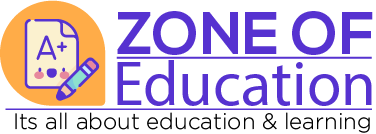
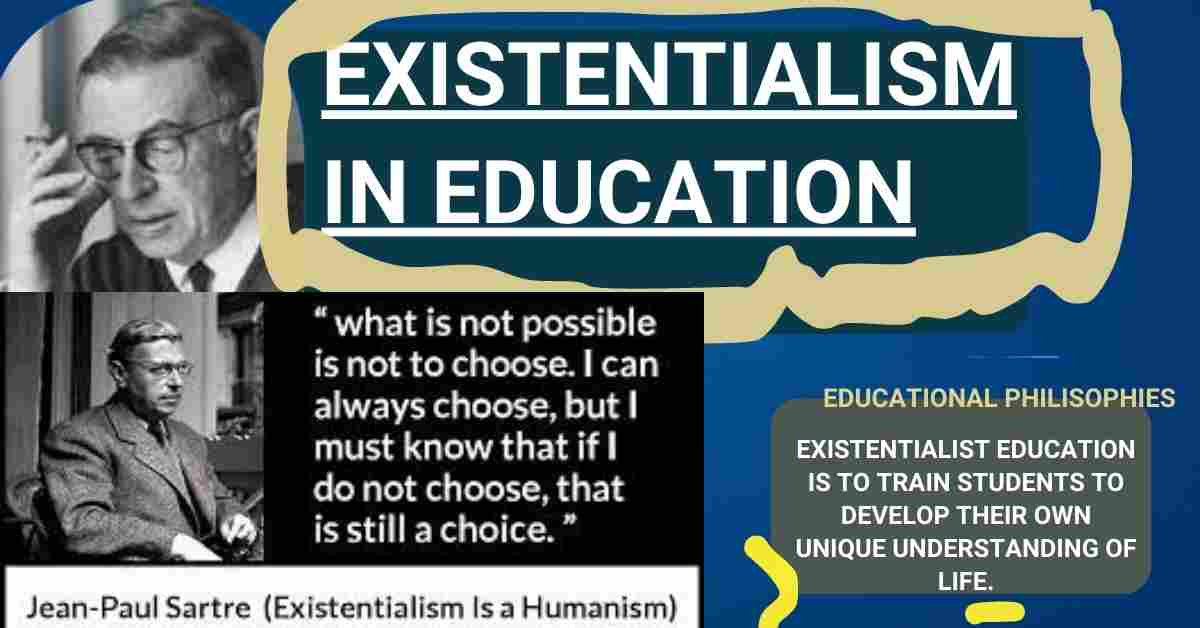
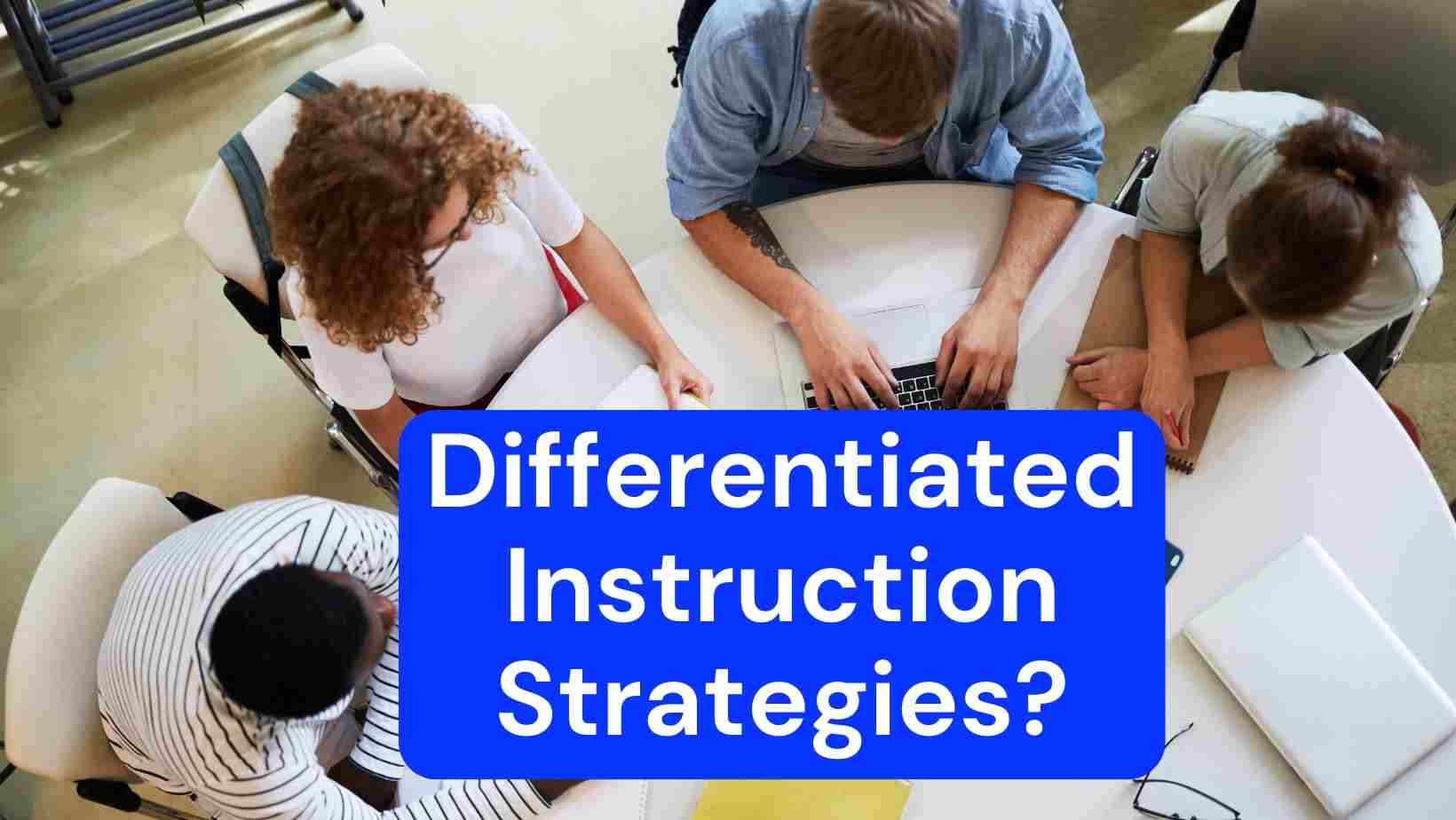


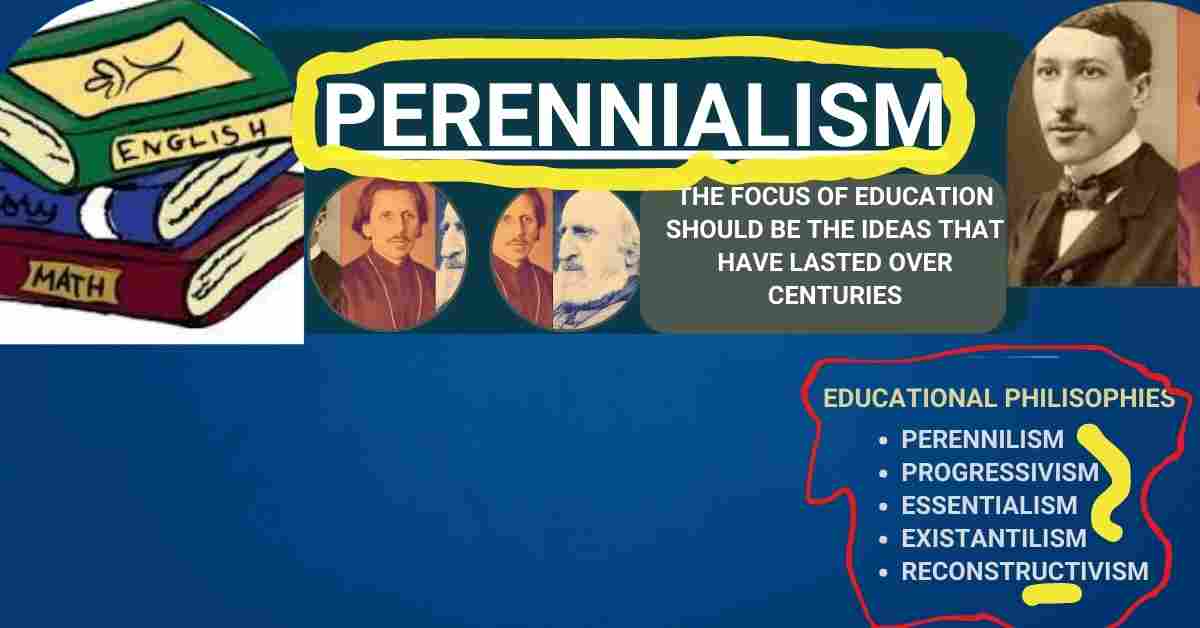

[…] that require students to apply their knowledge in real-world scenarios. Another approach is formative Assessment, conducted throughout the learning process to provide immediate feedback to students and guide […]
[…] choral reading, students read text aloud together simultaneously as a class. This provides formative assessment data through listening to fluency, pronunciation, and pacing. Students also gain confidence by […]
[…] assessment tools cover various aspects of assessment, including formative assessments, summative assessments, and diagnostic assessments. They encompass a range of formats, such as […]
[…] criteria provide clear expectations for students to guide their learning and assess their own work. Assessment as learning differs from assessment for learning, which focuses on using assessment to in…, and assessment of learning, which measures student […]
[…] about instruction. Within the broad category of assessment, various types serve different purposes. Formative assessment provides feedback during learning, while summative assessment measures overall achievement. […]
[…] powerful assessment strategy is formative assessment, which involves gathering ongoing feedback throughout the learning process. This can be […]
[…] of the key principles of Assessment for Learning is using formative assessment. Formative assessment involves gathering information about students’ understanding and progress during instruction […]
[…] Formative assessment is an ongoing process of gathering feedback and monitoring student progress throughout the learning process. Educators use formative assessment techniques such as quizzes, polls, surveys, observations, and peer evaluations to gauge student understanding, identify areas of strength and weakness, and adjust instruction accordingly. By providing timely and specific feedback, formative assessment helps students identify their learning needs, set goals, and take ownership of their learning. This approach promotes a growth mindset and fosters continuous improvement and development. […]
[…] and feedback: Educational psychology focuses on assessment practices, including formative assessment, summative assessment, diagnostic assessment, and authentic assessment. It explores techniques for […]
[…] decision-making. Educational psychologists also explore alternative assessment methods, such as formative assessment and self-assessment, that promote metacognition and reflection, enhancing students’ ability to […]
[…] Formative Assessments Tool: These ongoing, informal checks allow teachers to monitor student learning in real-time. Think […]